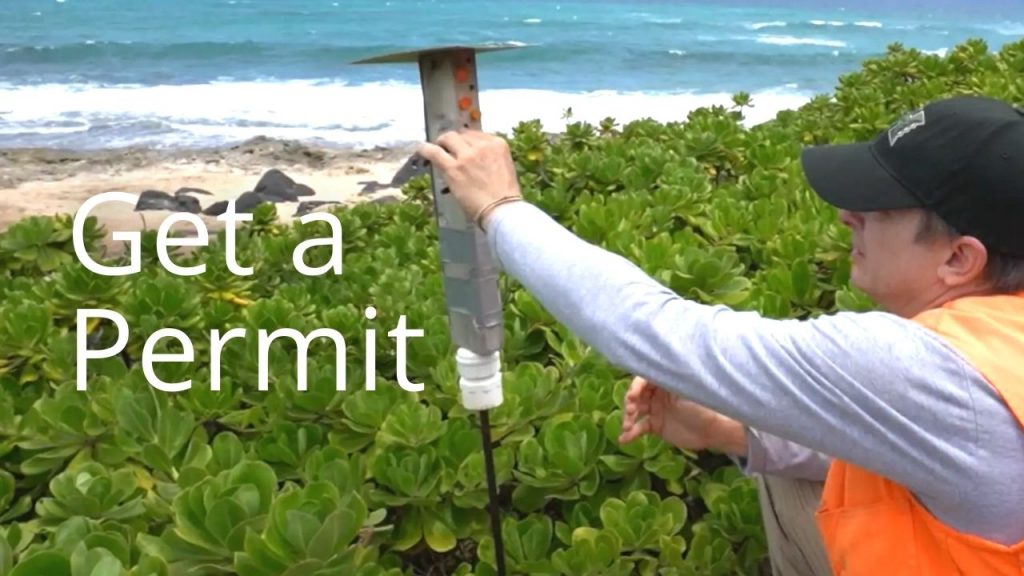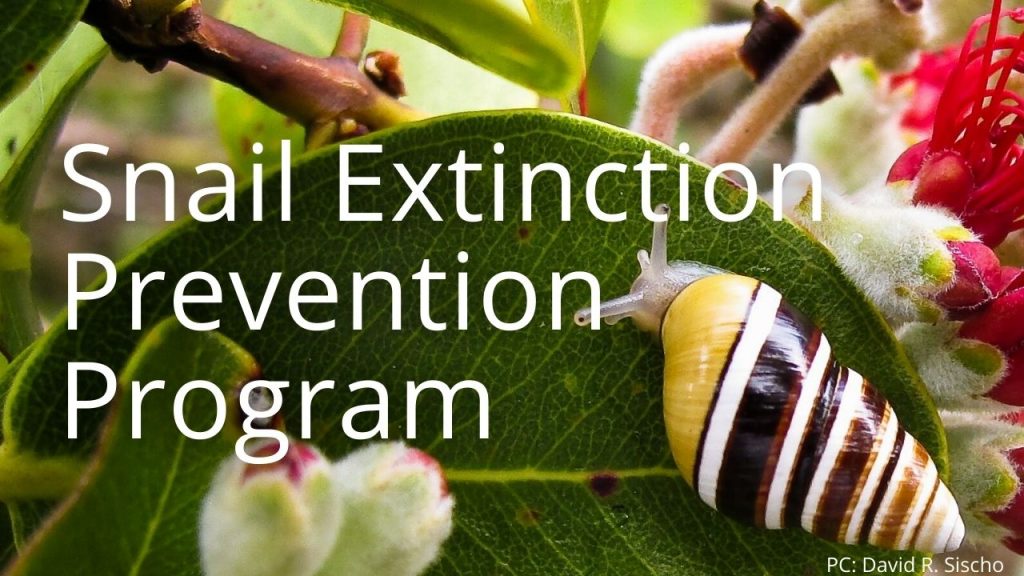Hawaii Invertebrate Program

Invertebrates (animals with no backbone, such as insects, other arthropods, and mollusks) may be small, but they play a huge role in our ecosystems. Invertebrates are critical pollinators, nutrient recyclers, and are an important part of our native ecosystem food webs. The Hawaiʻi Invertebrate Program (HIP) facilitates research, management, and protection of some of Hawaiʻi’s most unique and little-known species. HIP partners with state and federal agencies, non-profits, and the public to direct resources to benefit native Hawaiian ecosystems and their smallest residents.
Hawaiʻi’s invertebrates, the plants they pollinate, the animals they feed, and the ecosystems they support are all at risk. Invertebrates face direct threats from habitat destruction and alteration, loss of host plants, and invasive species. Our program works to reduce the impacts of these threats and protect these small, but important, creatures. HIP projects have included monitoring, translocation, and research on native invertebrates including yellow-faced bees, Blackburn’s sphinx month, damselflies, picture wing flies, Kamehameha butterflies, and the Kauaʻi stag beetle. HIP has also worked to monitor and reduce impacts from invasive invertebrates, including naio thrips and wiliwili gall wasp. You can learn more about these species and HIP’s work by visiting our species pages below.
If you are a researcher planning to work with native invertebrates, you will need a permit from the Division of Forestry and Wildlife. If you have a question or need assistance, you can contact Forestry & Wildlife, or visit our partner links below for more information.
Partner Links
For additional information on Hawaiʻi’s native invertebrates, visit our partners in invertebrate conservation at their websites below:


